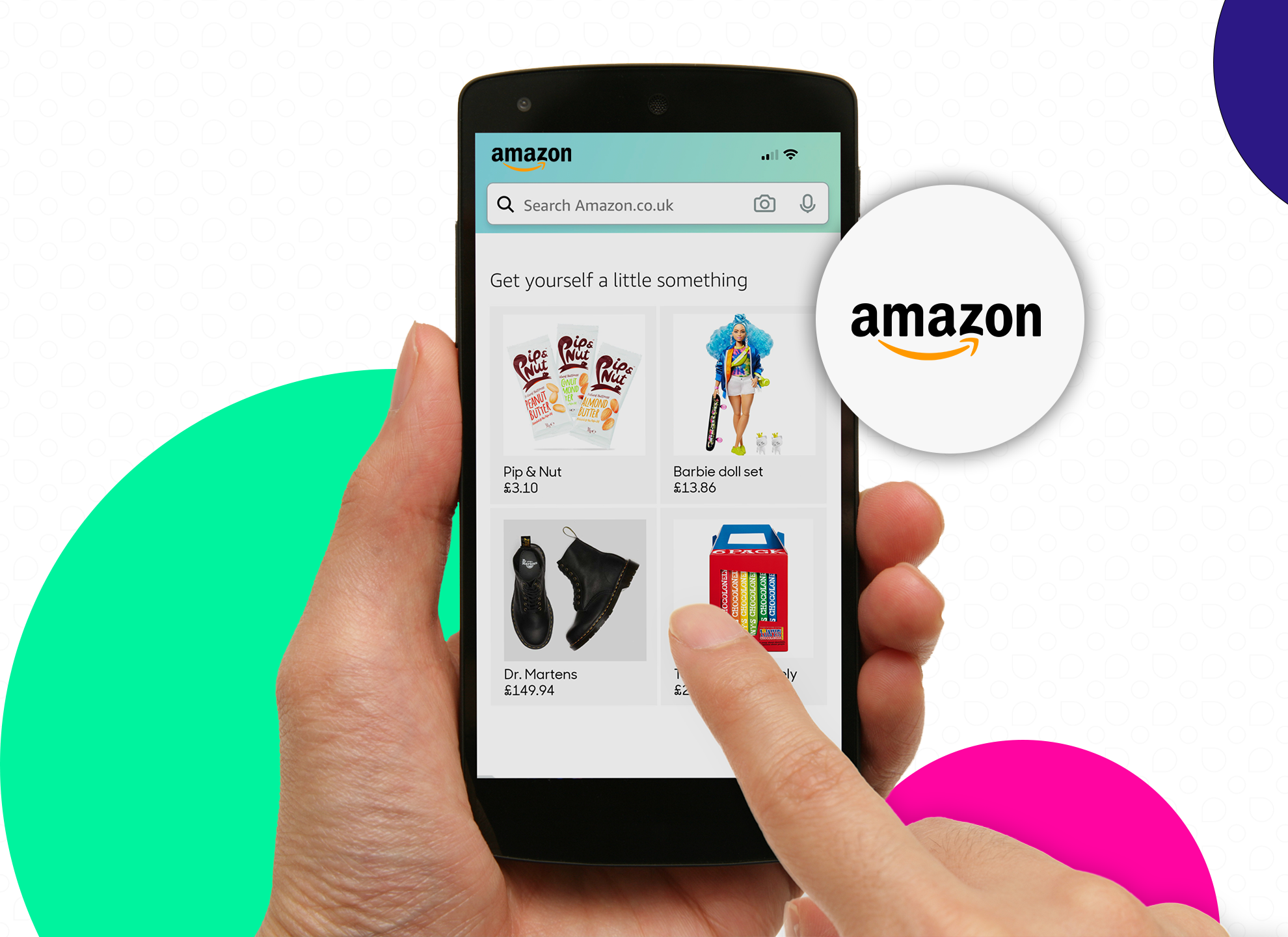Posted on July 23, 2021
Updated on March 13, 2023
4 min read time

Did you know Amazon makes $4,722 every second? It really brings a whole new meaning to the phrase ‘every second counts.’
The online shopping platform has become a staple in our daily lives, but does this mean that Amazon is a relevant channel for all brands looking to grow distribution?
Some brands are refraining from selling their products through the e-commerce giant, like Nike and Birkenstock, who have taken a stand and removed their products from the online platform.
We’re here to help you with the decision-making process, outlining the key things to consider before you make the move to Amazon.
The first step in any business decision is to identify your objectives and from that point determine the steps needed to achieve them. Your goal could be anything from;
If your objective is to drive penetration by growing reach, for example, Amazon is an ideal channel to go for, giving you immediate access to a worldwide customer base.
But with access to such a large market space, it's easy to lose touch with customers and dampen brand to customer relationships. So, when you make the move to Amazon, building and maintaining these relationships should be a top priority to ensure reach doesn't come at the cost of customer loyalty.
Before adding additional distribution channels into the mix and investing cash into new opportunities, you need to determine whether your product is in demand and ascertain the cost/benefit ratio.
Another key consideration is the percentage of profit that Amazon takes from sales. Before moving forwards, make sure to read the fine print so you can decide whether the return you gain will cover your costs and if it will allow you to remain profitable. The percentage of sales taken by Amazon will differ based on the products you sell and the prices you wish to charge, so it's important to research these costs beforehand.
For smaller brands, Amazon can be the helping hand they need to be successful - taking away the heavy lifting and logistics around customer service, and giving businesses more time back.

Setting up and selling through Amazon is a simple process, which will relieve you from tedious tasks, like website management, processing payments, storing stock, and shipping products. Amazon will take on these tasks. So, all you have to do is sign up, list your items and start selling!
There are 2 different plans you can sign up to, an individual and a professional plan. With the individual plan, you as the seller pays £0.75 for every item sold, whereas the professional plan requires you to pay £25 every month. These are separate from VAT and other selling fees are also involved.
Amazon also offers an FBA (Fulfillment By Amazon) warehouse where you can store stock. This will make it easier for you to list products on Prime - and once you've got Prime, the possibilities are endless, as you'll be able to offer free shipping and faster delivery. Products that qualify for the Prime badge also have a higher chance of profit, as it can help to boost sales by 26.5%.
Although the process is relatively easy to implement, there are still a number of costs involved, such as:
These should be considered to ensure you aren’t starting with a large dent in your bank account.

If your goal is to increase your customer base and market share, then selling on Amazon is a sure-fire way to achieve this. One of the biggest reasons to sell on Amazon is their reach, both locally and internationally.
With their Prime membership program alone, Amazon reaches more than 150 million global subscribers, worldwide. Additionally, more and more brands are shifting towards D2C, moving toward self-sufficient models to allow more freedom when it comes to access and distribution.
One of the downsides to selling on Amazon is the impact it may have on your ability to build new customer relationships.
When you sell through Amazon, your customers are no longer yours, but rather Amazon’s. This impacts your brand's ability to re-target and market to customers that have purchased products, which can influence your opportunity to nurture relationships with them and build brand loyalty. This is something that needs to be considered when building a brand as you may want to prioritize creating those relationships through your own channels. This can be done by ensuring you have your own website set up should customers begin searching for your brand privately.
Another consideration when moving to a platform such as Amazon, is the impact it can have on the relationships your brand currently has with customers, channel partners, investors, or employees. If you have existing distributors or resellers, you need to consider how this move may impact your relationship with them. For example, if you have a favorable relationship with a retailer, they may lose interest in your brand if customers are able to purchase your products through other distributors.
Relationships are the glue holding brands together, and therefore these should be a top priority when making any business decision that could potentially impact them. If your goal is to build a brand that customers fall in love with , whilst driving incremental sales and growing market share, Amazon can help with the latter. But you need to also invest in your brand. It is therefore important that you take steps to build connections outside of Amazon to ensure your brand name becomes well known.

One of the biggest challenges of selling on Amazon is the competition. This is no surprise considering the size of the platform, which benefits from an estimated 1.6 million active sellers, with this number growing every day. Your brand, therefore, has to have a killer strategy to ensure your products are the ones that customers gravitate towards. To stand out:
This process involves a lot of differentiation from the competition. Identify your brand's niche - your unique selling point - and take advantage of this. With so many people selling the same items you need to make sure you stand out if you want to be successful.
To understand the end-to-end process of creating a product that is guaranteed to cut through the noise of the market, check out our latest guide.
Our intelligent platform will take your brand further, faster.
Don’t believe us?
© 2020-2023 ProQuo AI International
All rights reservedWebsite by Blend